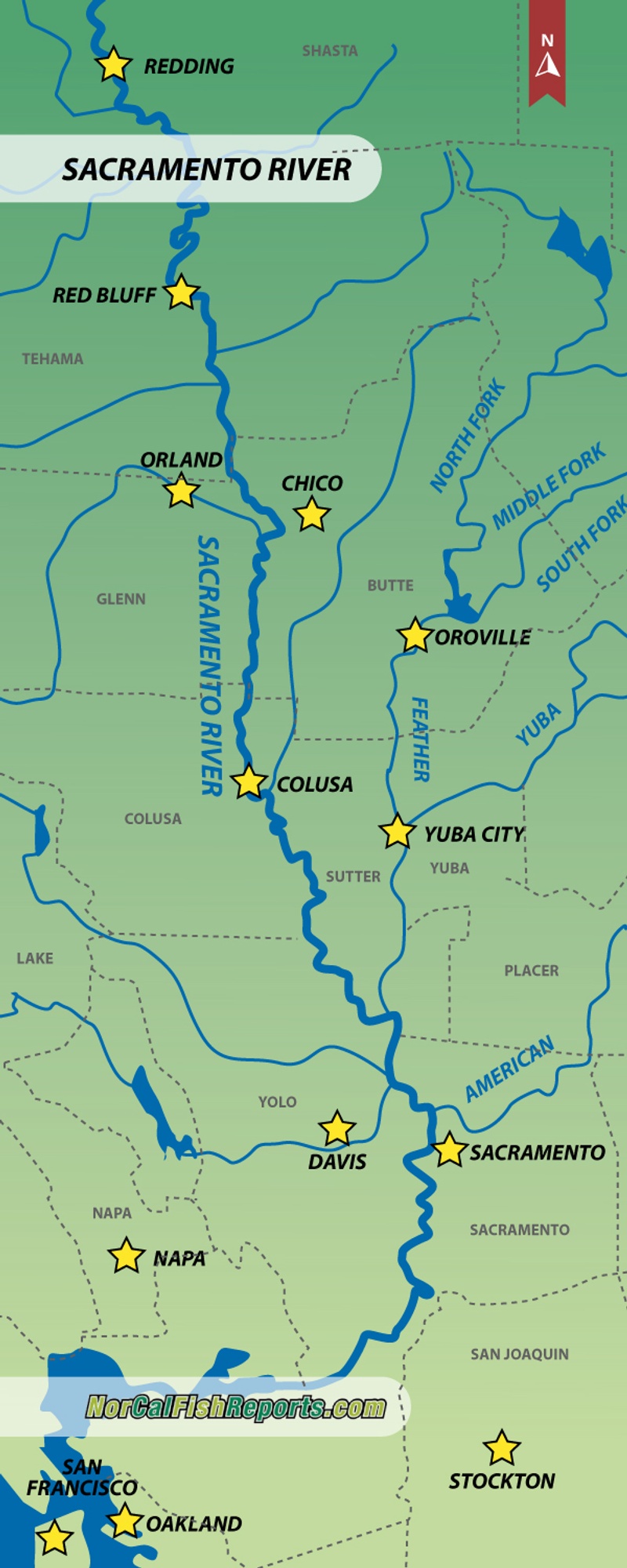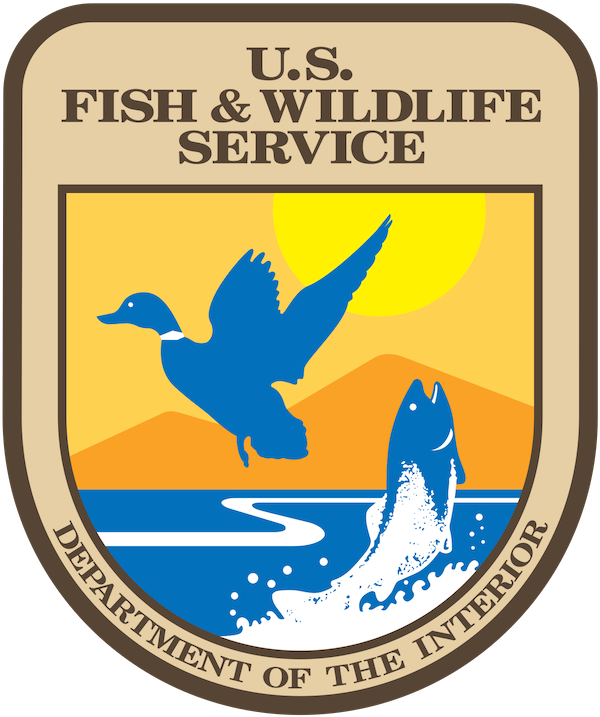Sacramento River Fish Report for 4-15-2019
Northern Sacramento Valley Hatchery Fish Released in First Year of Planned Three-Year Study
Sacramento River - CA

by U.S. Fish and Wildlife Service
4-15-2019
Website
The U.S. Fish and Wildlife Service released 180,000 marked juvenile salmon into the Sacramento River miles downstream of their birth site in a pilot project aimed at increasing the contribution of the Coleman National Fish Hatchery to California’s salmon fishery.
The study will test whether moving the salmon’s release point to 75 miles downstream from the hatchery on Battle Creek will improve their survival without causing more straying of returning adults. According to studies done between 2007 and 2010, many Coleman salmon are lost in the first 75 miles of travel after release, especially in low water years.
A second group of 180,000 were released upstream at the hatchery to compare their survival to the fish moved downstream. Current practice for the hatchery is to release fish directly into Battle Creek, some 320 miles from the ocean.
The fish, moved via tanker truck to the Chico site, were released into an acclimation net pen floating in a side channel of the Sacramento River. The net pen allows the fish to recover from stress and disorientation from the truck ride prior to release into the river. This reduces losses to predation upon release.
All of the 360,000 fish were marked so that scientists can compare how the two groups survive, harvest and stray when they return two to four years from now. A subset of both release groups were also fitted with tiny acoustic tags by volunteers from UC Davis that allow monitoring of their migration. Acoustic tagging will provide almost immediate data on the outmigration and survival of juvenile salmon.
The hatchery was established to partially mitigate for the loss of hundreds of miles of salmon habitat resulting from the construction of Shasta Dam. Coleman annually produces and releases about 12 million juvenile fall-run Chinook salmon. Because of its location near the upper end of the free-flowing Sacramento River, fish from this hatchery travel the furthest of any hatchery salmon in California to get to the ocean except Livingston Stone. This journey can be perilous for juvenile salmon, exposed to predators and other unfavorable environmental conditions as they migrate to the ocean.
Partners on the study include Golden Gate Salmon Association, NorCal Guides and Sportsmen’s Association, Pacific Coast Federation of Fishermen’s Association, UC Davis and the Bureau of Reclamation.
Golden Gate Salmon Association (www.goldengatesalmon.org) is a partnership of fishing, tribal, business and community groups that rely on salmon to sustain commercial and recreational fisheries and cultural resources. They work with government agencies, non-profit organizations and community groups to protect salmon and promote healthy populations by improving habitat, fish passage and investigating alternate hatchery release practices.
< Previous Report Next Report >
< Previous Report Next Report >
More Reports

4-10-2019
Northern Sacramento Valley Hatchery fish released in first year of planned three-year study Who: U.S. Fish and Wildlife Service, the Golden...... Read More

3-28-2019
Artwork by Sophie Ye age 16 from San Jose won the distinguished title of California’s Best of Show in the...... Read More

Website Hosting and Design provided by TECK.net